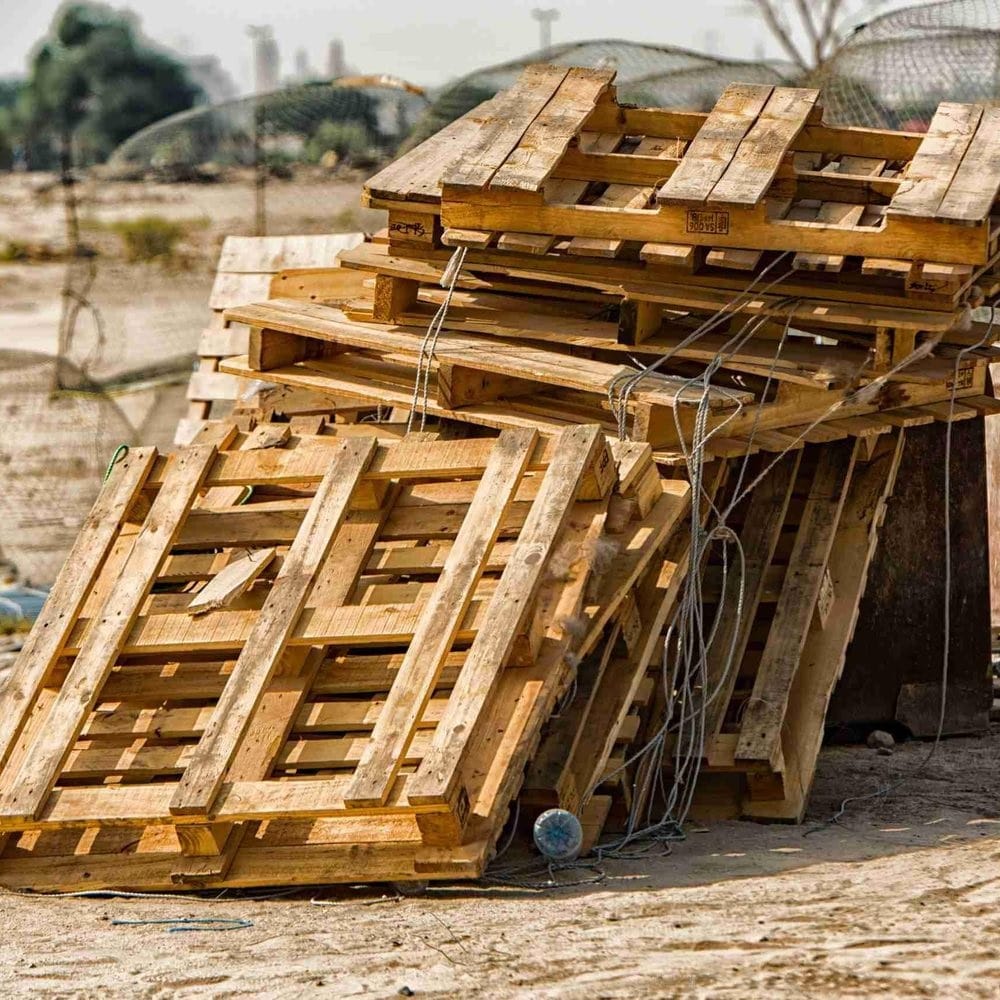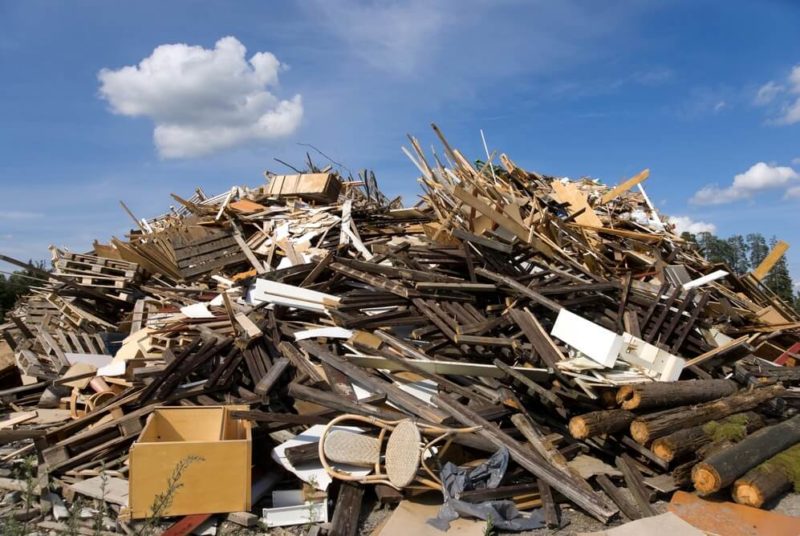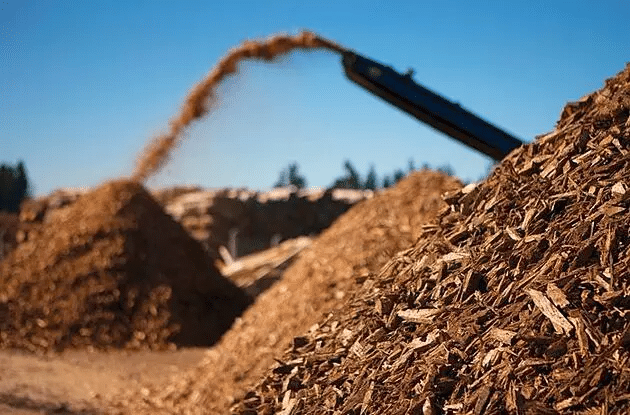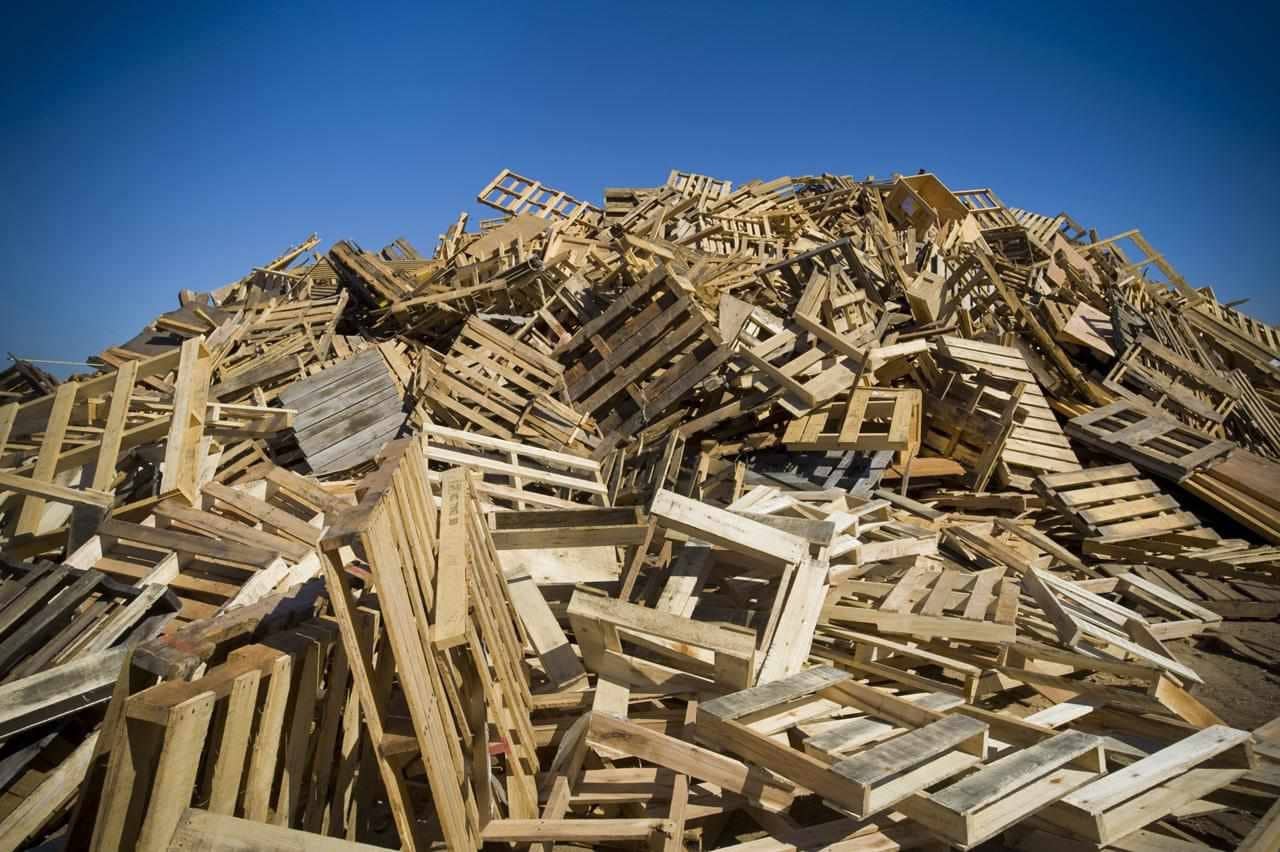If you have wood that you need to dump there is a right way and a wrong way. While it may seem convenient, you can’t just dump it anywhere because that will get a fine if you get caught. If you are thinking of burning it…think again if it is treated wood because that is dangerous. Wood waste comes in different varieties like yard waste, excess lumber, treated panels, to kid‘s toys. The size of the wood, the amount you have, and its previous application all are factors in determining how it is best handled. Below I will discuss the different types of wood products and where I dump wood near me.
Map of Wood Dump Near Me – Locator Map
For “where to dump wood near me” or “where to recycle wood near me”, see the map below…
According to The Balance SMB, “Wood waste is the second-largest component of construction and demolition (C&D) debris after concrete. Overall, wood accounts for around 10 percent of all material deposited in landfills annually”.
What is Wood Dump
A wood dump, often referred to as a wood recycling facility, plays a vital role in managing building materials sustainably. This eco-conscious hub serves as a sanctuary for old scrap wood, especially untreated lumber scraps, providing an environmentally responsible alternative to traditional disposal services. At these drop-off locations, individuals and businesses can divest themselves of excess wood materials, which might otherwise end up in landfills, contributing to environmental degradation.
The Transformational Role of Wood Recycling Centers
Wood dumps are meticulously designed centers where wood disposal takes on a new meaning. They serve as intermediaries between those seeking to offload wood and those in need of building materials. The process involves a meticulous sorting and recycling regimen, ensuring that the wood doesn’t go to waste.
Salvaging usable lumber scraps is a priority, breathing new life into materials that have served their original purpose. This not only minimizes waste but also reduces the demand for fresh-cut timber, preserving natural resources.
So the big question is where do we dump wood?
Below I will address for categories of wood and how you should go about dumping. Ideally, you want to recycle wood and not dump it, but hold tight and I’ll address that.
Where to Dump Wood Near Me – By Type of Wood Product
Yard Waste (Sticks, Trees, etc…)
The yard waste, also called green waste, is one of the best types of wood to recycle and support sustainability. Wood from yard waste includes branches, brush, tree trimmings, sticks, twigs, mulch, and even trees cut down into sections.
While many communities offer curbside pickup, the rules around wood waste curbside vary from town to town. In Little Rock, AR, for example, tree limbs no larger than 6 feet long and 6 inches in diameter have to be placed outside yard waste bags. Others have regulations such as which day or the week of the month wood will be collected.
If your community does not have a yard waste pick–up program you can check for a yard waste recycling center. These are facilities that specialize in composting in large quantities. There are like landfills for wood, only much safer and more sustainable than a landfill.
Some are actually located within your local landfill. These facilities can by city or privately run and may have fees associated with dumping.

Untreated Wood (Scrap Lumber, Pallets, etc…)
Scraping lumber and wood pallets from construction is another great recycling candidate. Since it is untreated, meaning painted or stained, you can treat it similarly to yard waste. Other recycling options are mulch or chipping it and then compressing it into particle board.
Scrap lumber and similar types of untreated wood can often be picked up curbside with yard waste. If your community does not have a yard waste pick up, then municipal recycling center drop offs are the next best option.

One of my favorite alternative options for dumping and recycling untreated wood is giving it to my local home and garden place. For me, they are closer than my recycling center and I can help support small businesses by giving them my construction leftover wood scraps. They will use this wood for various projects and sometimes build planters and plant stands.
Lastly, another great option for dumping untreated scrap lumber is Rebuilding Together. These folks might even pick up your wood scrap if you still have whole pieces. They are a non-profit that does work for people hones who can’t afford needed repairs.

Painted Wood (Finished/Chemically Treated)
Treated wood is the real tough wood type to deal with because you can’t recycle it. Treated wood is defined as wood that is painted, stained, or pressure-treated. These wood preservation treatments mean the wood has been exposed to different (chemical) preservatives and processes.
This exposure means it can’t be composted or burned as a source of energy. If you were to burn treated wood, you could release dangerous toxins in the air some of which may cause cancer.
To recycle it, the only thing you can do is to repurpose it for a DIY project. However, even still, I would encourage you not to try and sand off the finish either because of the chemicals in the treatments. Aside from trying to repurpose the wood, unfortunately, the best course of action for dumping treated wood is your local landfill.
Home Products (Desks, Chairs, etc…)
Other items like toys, desks, cutting boards, salad bowls, patio furniture, should not be dumped if they still have use. Consider trying to either sell these items in a garage sale, donate them, or put them on the curb and post them on freecycle.
Sustainable Solutions through Wood Recycling
Wood recycling stands as a cornerstone of sustainable resource management and environmental responsibility. This practice exemplifies the efficient use of a valuable natural resource and plays a pivotal role in reducing waste and conserving our planet’s forests. At its core, wood recycling involves the collection, sorting, and processing of discarded wood materials, such as lumber scraps and old furniture, to give them a new lease on life.
One of the primary benefits of wood recycling is the diversion of wood waste from landfills, alleviating the burden on these disposal sites. This reclaimed wood undergoes thorough cleaning and processing, removing nails, screws, and any contaminants. Once prepared, it can be repurposed into a wide array of products, including composite boards, paper, and even biomass for renewable energy generation.

Apart from the environmental advantages, wood recycling also contributes to local economies by generating employment opportunities within the recycling and distribution sectors. Furthermore, it significantly reduces carbon emissions compared to producing new wood products, making it a vital component of sustainability initiatives.
In conclusion, wood recycling emerges as a sustainable solution that not only conserves natural resources but also promotes responsible waste management and economic growth. By embracing wood recycling, we take a meaningful step towards a greener and more eco-conscious future.
Watch Wood Recycling in Action…
If you are curious about the wood recycling process, check out this video. Shows the whole process of wood getting recycled at a local facility.
Socioeconomic Impact and Environmental Responsibility
Wood Dumps also contributes to the local economy by creating jobs in wood recycling and distribution. Moreover, they embody a sustainable ethos, aligning with a global effort to reduce carbon footprints and promote greener construction practices. In essence, a wood dump isn’t just a place for disposing of wood; it’s a symbol of responsible resource management and a testament to the transformative power of recycling in the realm of building materials.

Wood Dump Near Me – Wrap Up
Dumping wood is really dependent on the type of wood and the regulations of your town or city. Ideally, any solution for dumping your wood should be recycled and reused first. Aside from treated wood, you want to avoid the landfill as best you can, as there are much better options for the environment. Also note, that you should NEVER burn treated wood.
I know it may seem like a pain, but you shouldn’t dump wood anywhere. You could get a heft fine and left unmonitored under controlled settings could take longer to biodegrade. This is what I have learned from the wood dump near me.
